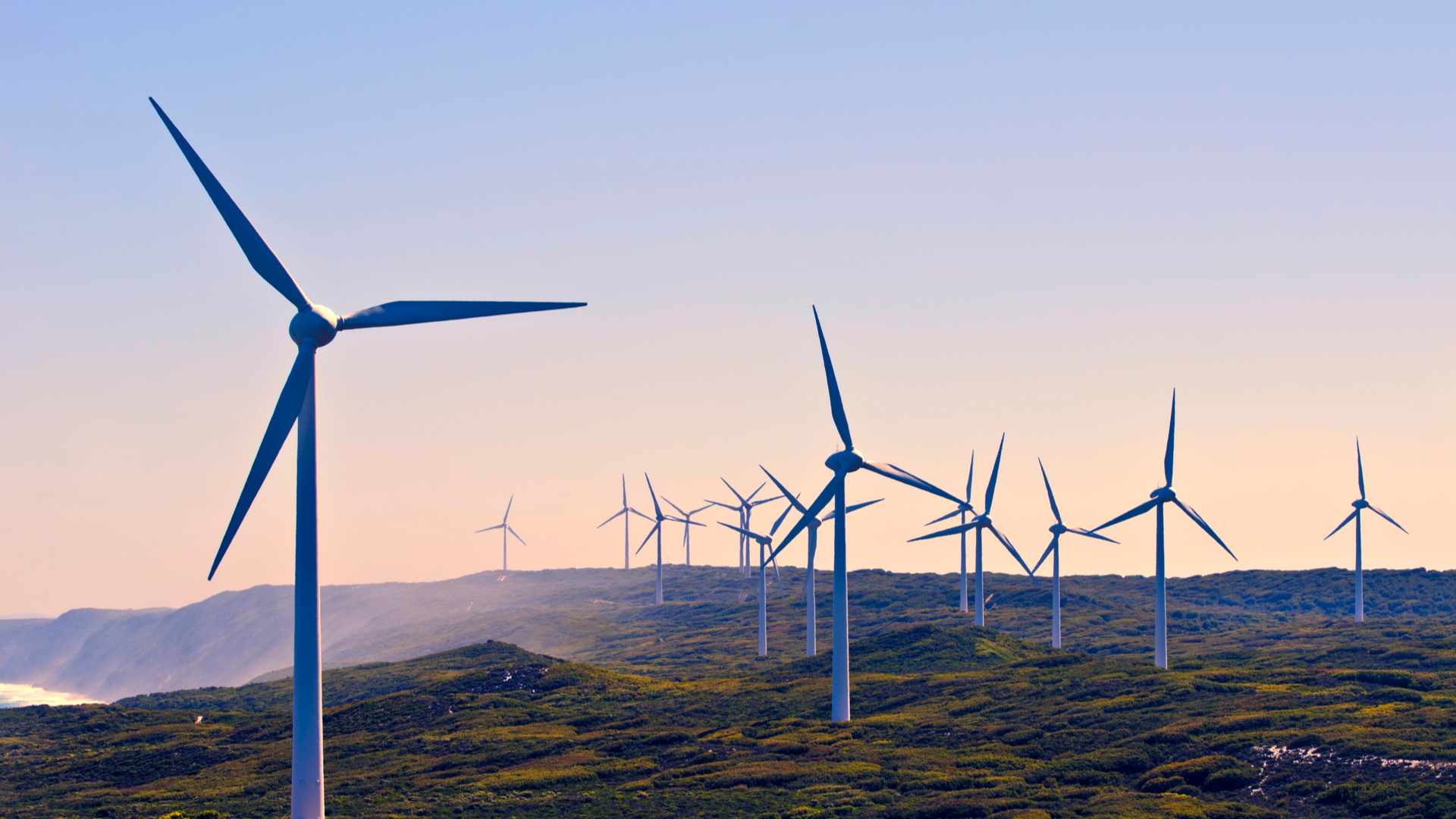
Environmental footprint
Our environmental footprint
One of our key priorities is to minimise our environmental footprint, including our energy and water use, solid waste generation and business travel.
We occupy two floors of Export Finance House, 22 Pitt Street, Sydney, and lease the remaining floors to tenants on standard commercial terms. Our tenants include AIFFP and the government agencies NAIF and Housing Australia.
2022–23 |
2021–22 |
2020–21 |
2019–20 |
2018–19 |
|
| Energy use (megajoules/m2) | |||||
| Export Finance Australia occupancyᵃ, electricity | 320 | 316 | 338 | 369 | 392 |
| Building servicesᵇ, electricity | 399 | 328 | 347 | 371 | 413 |
| Building servicesᵇ, gas | 109 | 74 | 38 | 61 | 85 |
| Water (sewage data not available) | |||||
| Water (kilolitresᶜ) | 10,660d (7,192) | 2059 | 2541 | 5998 |
5403 |
| Solid waste (tonnes) | |||||
| Comingle (recycled) | 0.3 | 0.2 | 0.3 | 0.3 | 0.7 |
| Cardboard (recycled) | 7 | 5.1 | 7.5 | 7.1 | 13.1 |
| Waste to landfill | 17 | 12.7 | 17.8 | 18.3 | 86.8 |
ᵃ This figure represents energy used on the floors we occupy, which includes other government agencies.
ᵇ Building services are common facilities for all floors of Export Finance House and include lighting to common areas, lifts, air conditioning and hot water. Energy use per square metre is the building average.
ᶜ This figure represents total usage by Export Finance House. It is not possible to separately identify water use by floor or tenancy.
d This figure incorporates an undetected water leak within the building in the third quarter of the year. The figure provided in brackets is the water consumption of the building for the year, corrected for the estimated water loss
Reducing energy usage
Green energy sources accounted for 35 per cent of our electricity supply this year. Our building achieved a 5-star energy rating and a 3.5-star water rating under the National Australian Built Environment Rating System.
Waste, electricity and water usage increased in Export Finance House in 2022–23, mostly due to employees returning to the office following the COVID-19 lockdowns. We will continue to adopt practices that help minimise waste, electricity and water use, including using alternative energy sources.
The substantial increase in water usage is attributed to an undetected water leak downstream of the meter in the third quarter of the year, which has since been isolated. The utility provider acknowledged the issue and credited the account based on the estimated water loss. In consultation with the utility provider, an estimated quantity of water loss due to the leak was determined, and we have included in Table 6 a corrected figure taking this into account.
Since 2014, we have sourced some of our electricity supply from green energy sources, including mini hydro, wind power, solar, biogas and biomass.
We continue to consider how to decrease waste generation and how to increase the proportion of waste we recycle.
Business travel
Our people flew 1.74 million kilometres during 2022–23, an increase on the previous two years. This increase was due to the relaxation of COVID-19 travel restrictions both domestically and internationally. We consider the travel undertaken this year more representative of our operations, compared to the previous two years.

